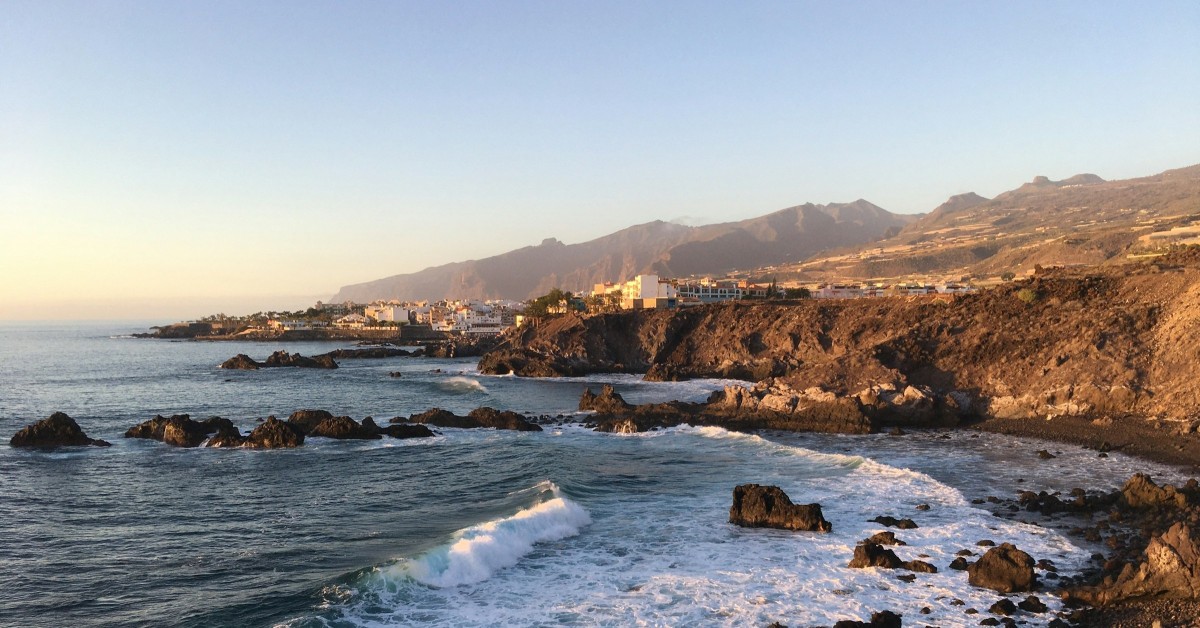
The Balearic and Canary Islands have attracted a combined investment of €6.7 billion over the past five years, with €3.5 billion directed to the Balearic archipelago and €3.2 billion to the Canary Islands, according to a new report from Colliers. The report highlights that both destinations account for a third of all tourists visiting Spain and 9% of those travelling to southern Europe.
It also notes that both regions continue to see rising demand, driven by ongoing infrastructure improvements that enhance connectivity with key international markets, particularly those in the UK and Germany.
This sustained rise in demand, combined with limited hotel supply growth and the repositioning of numerous properties in recent years, has driven up occupancy rates and resulted in a notable increase in the average daily rate (ADR), which has risen by approximately 35% in both destinations since 2019.
In 2024, the Canary Islands recorded 72.9 million overnight stays, while the Balearic Islands reached 63.1 million. Colliers highlighted that it is "crucial" for the Canary Islands to maintain a consistent flow of tourists year-round, in contrast to the Balearic Islands, which face pronounced fluctuations between high and low seasons.
In terms of hotel supply, the Balearic Islands offer 378,000 beds, 41% more than the Canary Islands, which have 268,000 beds. However, in both cases, recent supply growth has not kept pace with demand.
As a result, the compound annual growth rate (CAGR) since 2019 has been around 1%, indicating a very restrained expansion of operational capacity on the islands, according to the study.
Commitment to quality tourism
In its commitment to quality tourism, the report highlights that both archipelagos have successfully attracted travellers with higher spending power, as demonstrated by the growth in tourism expenditure over the last decade.
Specifically, in both destinations, this increase has surpassed 50%, positioning the Canary Islands and the Balearic Islands in second and third place, respectively, in the national ranking of tourist spending in 2024, with only Catalonia ahead.
In recent years, the islands have seen the entry of major international groups through alliances, such as the partnership between Grupo Piñero and Hyatt to operate the Bahía Príncipe brand, or through the acquisition of local hotel chains.
However, the presence of large international operators in the hotel sector remains "very limited," with their share still under 10% in both archipelagos, according to Colliers. Despite this, the growth potential for international operators is "potentially high," given that the dominant operating model in both destinations is ownership, accounting for over 70% in both cases.
Both these alliances and the entry of new international brands through the acquisition of established national hotel chains are emerging as significant trends for the coming years.
Great opportunities for future growth
According to Laura Hernando, Managing Director of Hotels at Colliers, despite the tourism maturity of both destinations, there are significant growth opportunities, particularly in the international luxury segment. The Balearic Islands have taken the lead in this area, with exclusive international operators such as Four Seasons and Mandarin Oriental expanding into the Mediterranean archipelago.
In contrast, Hernando believes there is still considerable potential for development in the Canary Islands, as "there is currently a limited presence of international luxury projects underway."
Looking ahead to 2025, the outlook is "very promising": "Repositioning and investment will continue to drive tourism spending, and sustainability will be a priority on the agenda for both destinations," concludes Colliers.